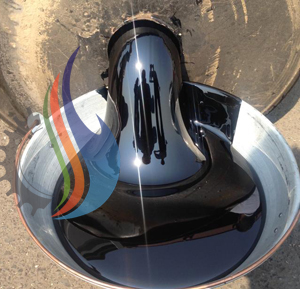
UREA 46%

Urea 46%
Packaging: 25 Kg bags
Price: Negotiable
Payment terms: Negotiable
Delivery Terms: FOB Iran Ports, CFR ASWP, CPT
Min order: 500 MT
Origin: Iran
Unlocking Global Opportunities: The Power of Granular and Prilled Urea 46% in Export Markets
In a world where agricultural efficiency is paramount, granular and prilled urea 46% emerges as a game-changer in global markets. This versatile nitrogen source not only enhances crop yields but also opens doors to lucrative export opportunities. Understanding its composition and benefits is essential for stakeholders aiming to navigate the complexities of international trade. Join us as we explore the competitive advantages and future trends of this vital product in the urea export landscape.
The Significance of Granular and Prilled Urea 46% in Global Markets
Granular and prilled urea 46% play a pivotal role in shaping export markets due to their high nitrogen content and versatility. As a key fertilizer, this compound enhances soil fertility and supports crop growth, thereby increasing agricultural productivity worldwide. The demand for such specialized fertilizers is rising, driven by the necessity for efficient nutrient management in various climatic conditions. In export markets, granular and prilled urea provide distinct advantages over traditional fertilizers, including ease of application and improved nutrient release rates. Countries with significant agricultural sectors represent prime opportunities for exporters looking to capitalize on this trend. By understanding regional requirements and developing strategic partnerships, companies can effectively navigate the complexities of international trade. Furthermore, as global agricultural practices evolve, the commitment to sustainability and efficiency in fertilizer use positions granular and prilled urea 46% at the forefront of future market developments, ensuring their relevance in a competitive landscape.
The Role of Urea in Agriculture: Enhancing Crop Yields
Granular and prilled urea 46% serve as pivotal components in modern agriculture, significantly boosting crop yields and ensuring food security. This nitrogen-rich fertilizer enhances soil fertility, promoting robust plant growth while optimizing nutrient availability. The granulated form allows for controlled release, ensuring that crops receive essential nutrients at critical growth stages. As a result, farmers can achieve higher productivity and better quality harvests, which is vital in meeting the growing global food demand. Furthermore, the versatility of urea extends beyond traditional applications; it is suitable for various soil types and climatic conditions, making it an attractive option for diverse agricultural practices. With its ability to enhance nutrient efficiency and reduce leaching, granular and prilled urea 46% represent a sustainable solution for modern farming challenges. This adaptability not only supports the agricultural sector but also aligns with environmental stewardship goals by minimizing waste. Embracing this fertilizer can lead to transformative results in crop production on a global scale.
